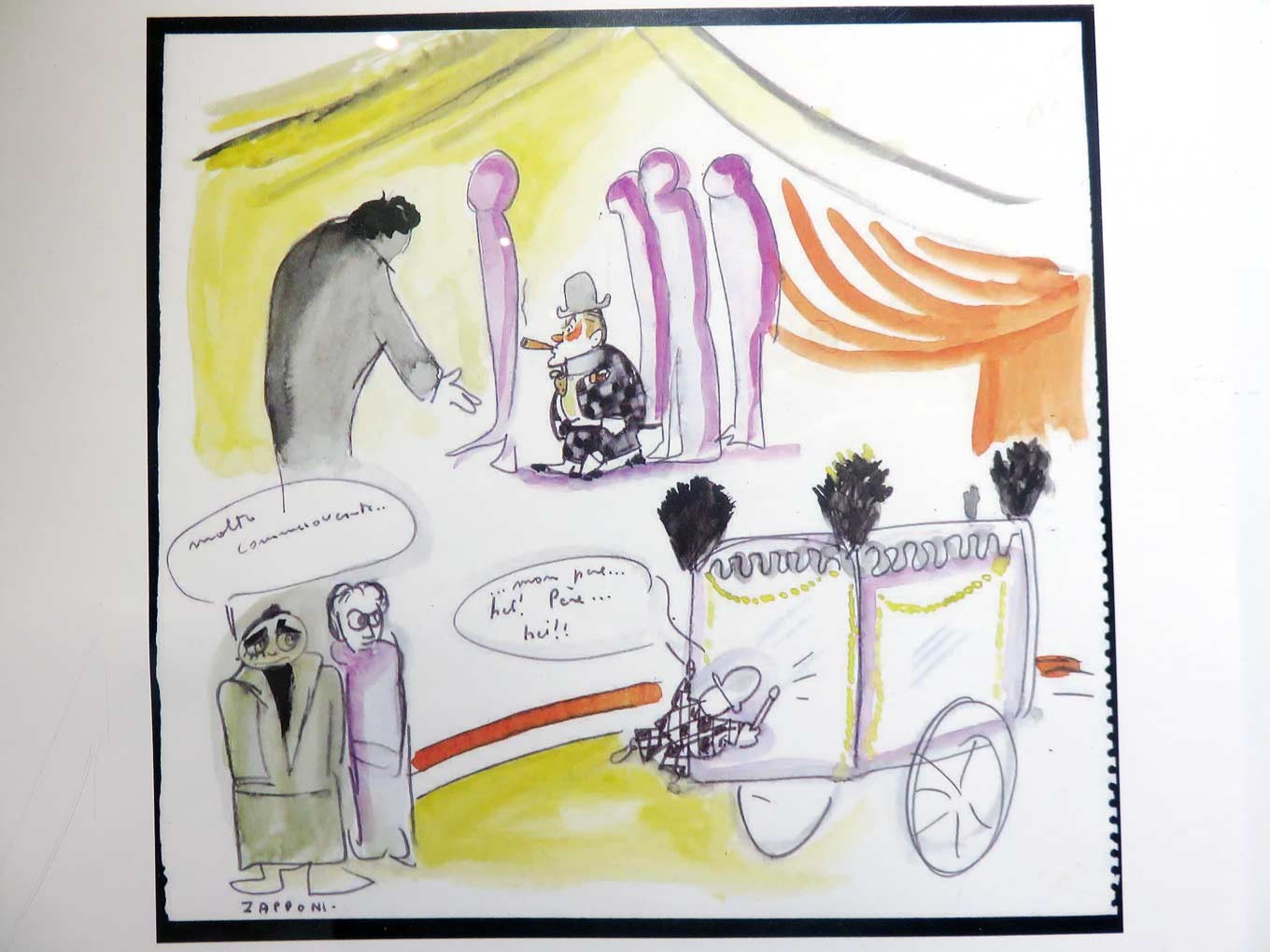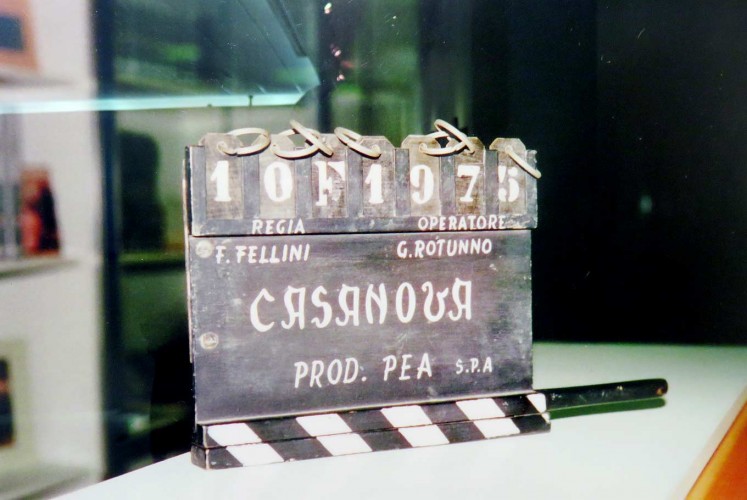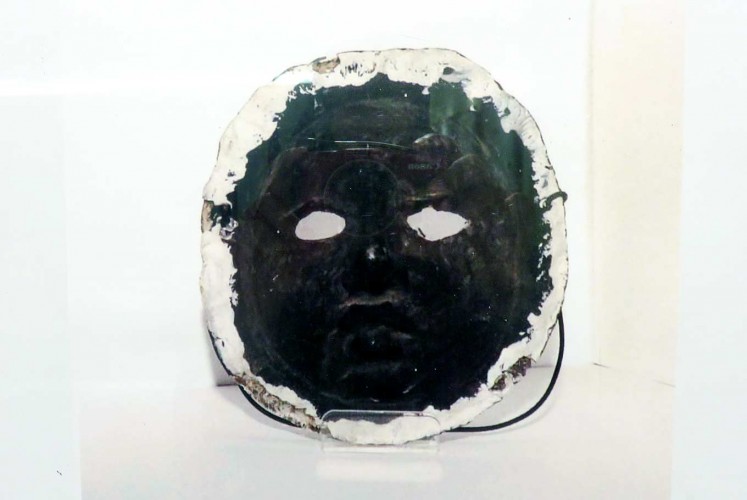Popular Reads
Top Results
Can't find what you're looking for?
View all search resultsPopular Reads
Top Results
Can't find what you're looking for?
View all search resultsAnother side of Federico Fellini
Federico Fellini was a man of many talents.
Change text size
Gift Premium Articles
to Anyone
I
n his long and illustrious career as a film director, Federico Fellini brought to life numerous screenplays that continue to inspire filmmakers until today. One notable work, the 1954 film La Strada (The Road), remains one the most influential films ever made.
It is no doubt that Fellini’s brilliant body of work has achieved worldwide acclaim, with many of his films having received or been nominated for many awards including Oscars.
However, not many people know about another of his artistic passions — sketching.
A recently concluded exhibition to pay tribute to Federico Fellini was organized by the Italian Cultural Institute (IIC) Jakarta in partnership with the Embassy of Switzerland in Jakarta and the Fellini Foundation for Cinema (FFC) at the IIC’s auditorium.
Thousands of Fellini related items including his drawings, photographs, scripts, and letters, as well as posters, costumes, production documents and press releases were collected by the FFC with the help from an assistant to the maestro.
Shown for the first time in Indonesia, the “Sketches and Designs of Federico Fellini” exhibition aimed to introduce Fellini to the South-East Asian region.
The exhibition displayed some 50 items including a collection of photographs, items from Fellini’s films, screenplays, sketches, drawings and letters.
The photograph collection was a centerpiece of the exhibition, featuring pictures of Fellini’s childhood, adulthood, family, best friends, as well as pictures of Fellini on the set of his films.
Action: A clap board of Il Casanova di Federico Fellini (Istituto Italiano di Cultura Jakarta/File)Photographs from La Strada, including of the main cast members Giulietta Masina, who played Gelsomina, and Richard Basehart, who played ‘The Fool,’ were among the highlights of the exhibition.
“The exhibition aims to introduce Fellini to a new audience,” Federico Grandesso, the head of the Asia and European Union wing of the FFC, said, adding that the exhibition allowed visitors to gain a deeper understanding and appreciation of Fellini the man.
Among Fellini’s sketches is one of Casanova, which Grandesso explained was made in Cinecittà, a famous cinema studio in Rome, between 1974 and 1975 during the tumultuous shooting of the film Il Casanova di Federico Fellini (1976 ).The sketch was used by Fellini to explore his ideas on the physical appearance of his Casanova character.
The Casanova film was important for Fellini because after completing his masterpiece, La Dolce Vita ( 1960 ), Fellini started to investigate the female universe, in this case Fellini was attracted to the character of a ‘Latin lover’ who is able to seduce all different kinds of women.
“In reality we know that Fellini didn’t actually like Casanova himself and his aim was to destroy his positive reputation.” Grandesso said in statement, adding that Fellini was able to recreate Venice in the cinema studio of Cinecittà.
Mask in the streets: Casanova's mask used in a scene of the Carnival of Venice. (Istituto Italiano di Cultura Jakarta/File)Another sketch titled Dream illustrates the ‘death of the clown,’ which represents the death of the circus and the death of the clown itself. According to Grandesso, Fellini said clowns would be replaced by politicians.
With Fellini’s concern for the world of the circus, this sketch also became the starting point for the film The Clown ( 1970 ). The exhibition also celebrated Fellini’s screenplays, letters and articles.
Although the sketches and materials displayed during the exhibition were reproductions of the originals, the exhibition was successful in showcasing the many different angles of Fellini’s work.
The FFC conducts a number of activities to preserve Fellini’s work, ranging from conservation to international exhibitions and support for educational programs. Presently, the foundation is focused on a new educational goal to teach students abroad about why Fellini remains relevant today through courses and seminars.
***
The writer is an intern at The Jakarta Post.













